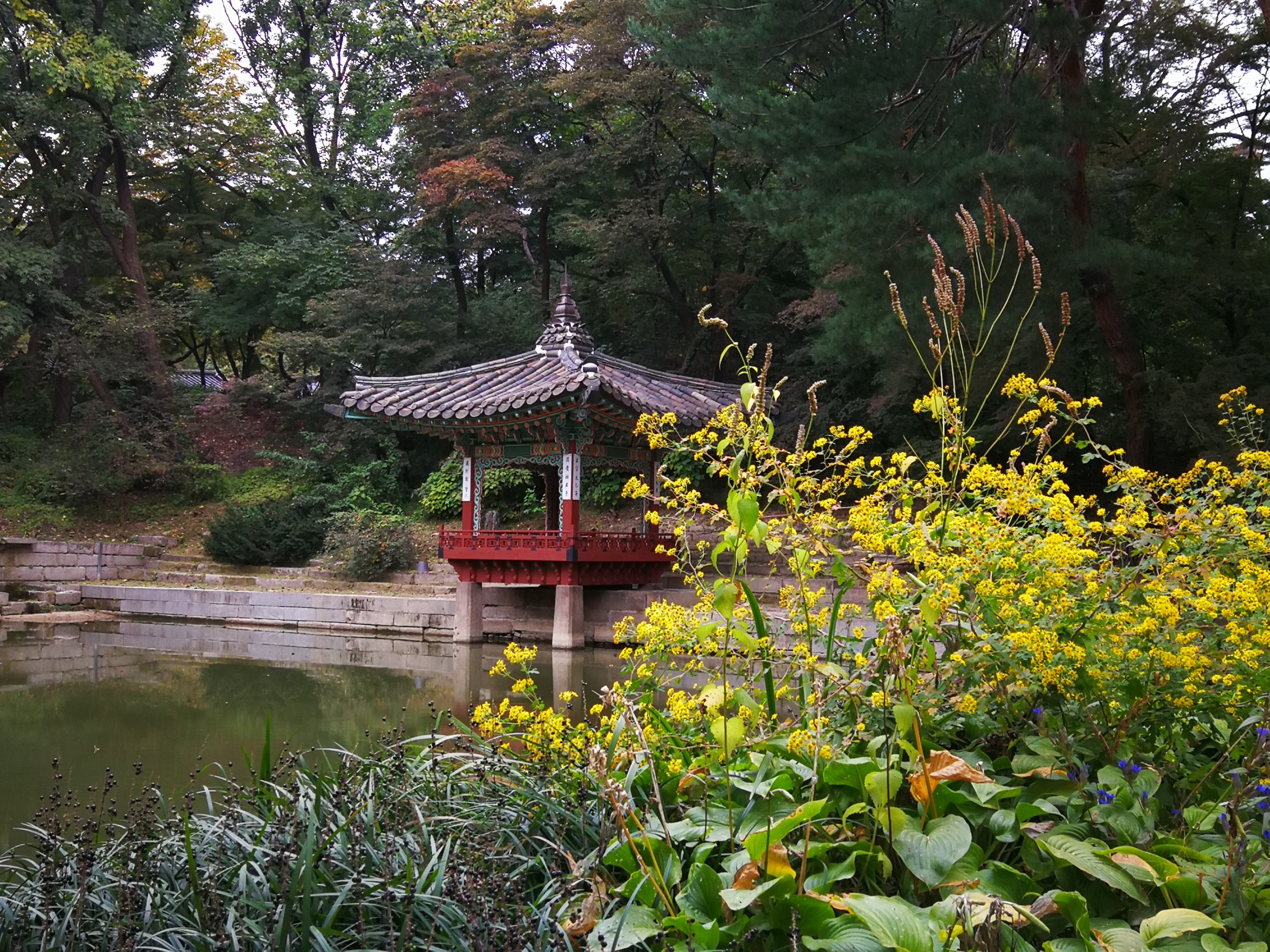KPOP Jacket Lady
KDrama and KPOP Concert Reviews, Travel Tips, Korean Recipes and more
Huwon: The Secret Garden Of Changdeokgung Palace.

While most first time visitors to Seoul are told to go to Gyeongbokgung, Korea’s main palace, there are actually five main palaces each with something different to offer. The buildings do all have a certain similarity however their surroundings, landscapes, and other aspects make each one worth visiting.

One of the many reasons for visiting Changdeokgung Palace is perhaps the beautiful secret garden tucked away behind the palace. Huwon needs a separate entry ticket as the number of visitors is strictly limited to help preserve the garden. So you need to buy a ticket to the Palace and a timed ticket to the garden. These tickets can sell out at busy times of the year.

The palace complex was built in the early 15th century on the command of King Taejong (ruled 1400-1418) who wanted it built according to the principles of Pungsu-jiri-seol. Pungsu is a system of geomancy somewhat similar to the Chinese Feng Shui. It basically means that the palace was adapted to the landscape and not the other way around.

This explains why Huwon has been designated an Ecological Scenery Conservation area as the original builders retained much of the indigenous tree cover.

The entrance to the secret garden is inside Changdeokgung Palace and it is by timed entry. Once through the barrier a long paved walk (uphill, this photo is taken looking back down to avoid having people in the photo) takes you to the garden itself.

The first area you come across is a beautiful square pond with a small circular island. In this general area there was a library and small pavilions in which to read, rest and meditate.


Further along there are other ponds and building complexes, one of which was built so the King could see what it felt like to live like a commoner. Well maybe an upper class commoner or scholar since the complex had about 120 rooms!


The garden landscape was designed to be as natural as possible, with only minor changes to nature to add to its beauty. Fall is perhaps the best time to visit as many of the leaves change color and enhance the natural charm of the garden and buildings.

It is a bit of a trek to get to the back of the garden but it is well worth the effort to see where the Ongnyu stream flows out from a fissure in the rock. This secluded area of the garden was where the King and his family would go to relax, picnic, drink, write poetry etc.

There’s a lot of hidden gems and amazing scenery to see as you stroll around the garden.



We even saw a Korean Raccoon Dog cross the path in front of us, but we were too slow to capture it on film. This shows how the garden, which covers about 78 acres, has been left pretty much in its original state. The buildings have been rebuilt, repaired, and restored over the years, but the garden feels like it has been there forever.
Have a great day everyone.
Please do not copy or use without permission and accreditation. All photo credits to Elizabeth and Debora Marzec.
You may also enjoy reading about Yeomiji Botanic Gardens, Gyeonghuigung Palace, and Seokguram Grotto.



Pingback: Changdeokgung Palace: In Photos. – KPOP Jacket Lady
Pingback: Korea Guide Book Review: A Curated Guide To Seoul. – KPOP Jacket Lady